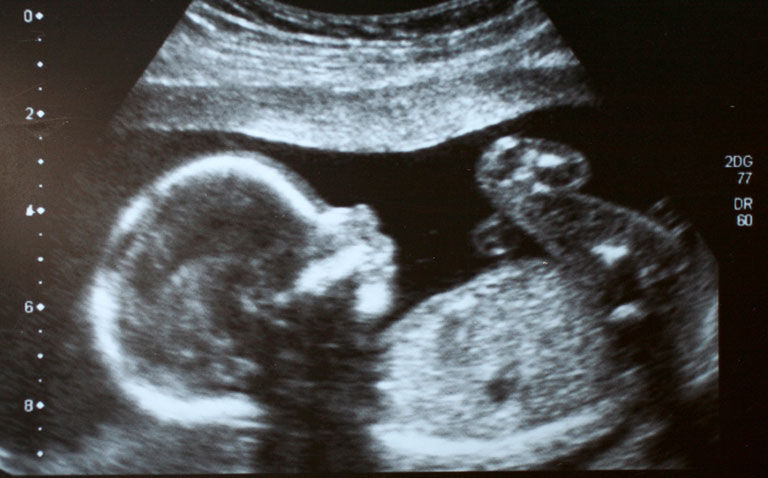The gestational age can be more accurately estimated with AI than by standard foetal biometry-based methods used by expert sonographers.
The gestational age is more accurately determined using artificial intelligence (AI) based models compared to the standard foetal biometry-based estimates used by sonographers according to the findings of a retrospective study by US researchers.
Foetal ultrasonography is used during pregnancy to check the health of unborn babies. In addition, ultrasonography allows for an estimation of the gestational age and which is particularly important for women unable remember the date of their last menstrual period or to confirm estimated delivery dates.
Estimates of the age are based on measurement of several parameters such as biparietal diameter, head and abdominal circumference, femur or crown-rump length. However, these estimates rely to some extent on the skill and experience of the sonographer and machine-based learning methods have been shown good accuracy. In fact, a 2022 study found that an AI model was non-inferior to standard estimates of gestational age.
In the present study, the US researchers developed three AI models to estimate gestational age (GA). The first model used foetal ultrasound images captured by sonographers using biometry measurements, the second made use of five to 10 seconds of video before image capture and the final model incorporated data from both the image and video models, which was referred to as the ensemble model.
All data was collected retrospectively and during all three trimesters. The models were assessed using the mean difference in absolute error between the GA model estimate and the clinical standard estimate. Moreover, evaluation of the AI models was undertaken on an independent test set, i.e., a different set to that used for development of the models.
Gestational age estimate using AI models
The test set consisted of 407 women with a mean age of 28.8 years.
The overall mean absolute error (MAE) for both the video and ensemble model were significantly lower than the standard foetal biometry. The MAE mean difference for the ensemble model was lowest at -1.51 days (95% CI -1.90 to -1.10) followed by the video model, -1.48 days (95% CI 1.90. to -1.10). The researchers also found that each of the models outperformed standard estimates (i.e., Hadlock-based) of suspected foetal growth restriction.
The authors concluded that their diagnostic study demonstrated how AI models were superior for gestational age estimation when compared against the clinical standard of foetal biometry. They added that since the models utilised information collected during routine ultrasound examinations, it should be possible to incorporate such models into routine clinical care, enabling sonographers to estimate gestational age with a higher accuracy.
Citation
Lee C et al. Development of a Machine Learning Model for Sonographic Assessment of Gestational Age. JAMA Netw Open 2023.










